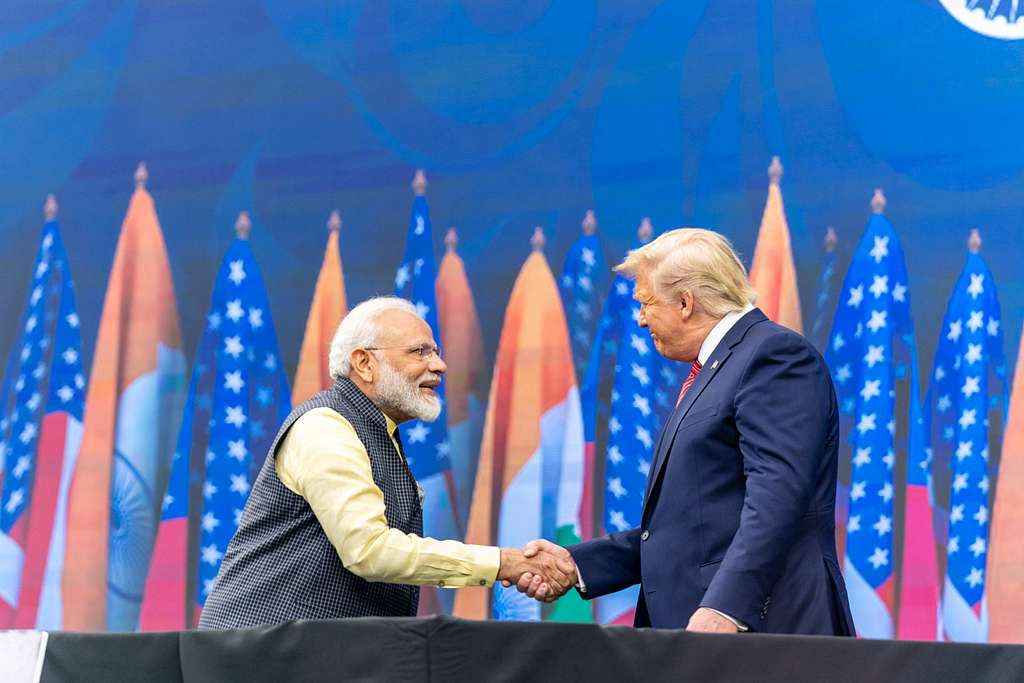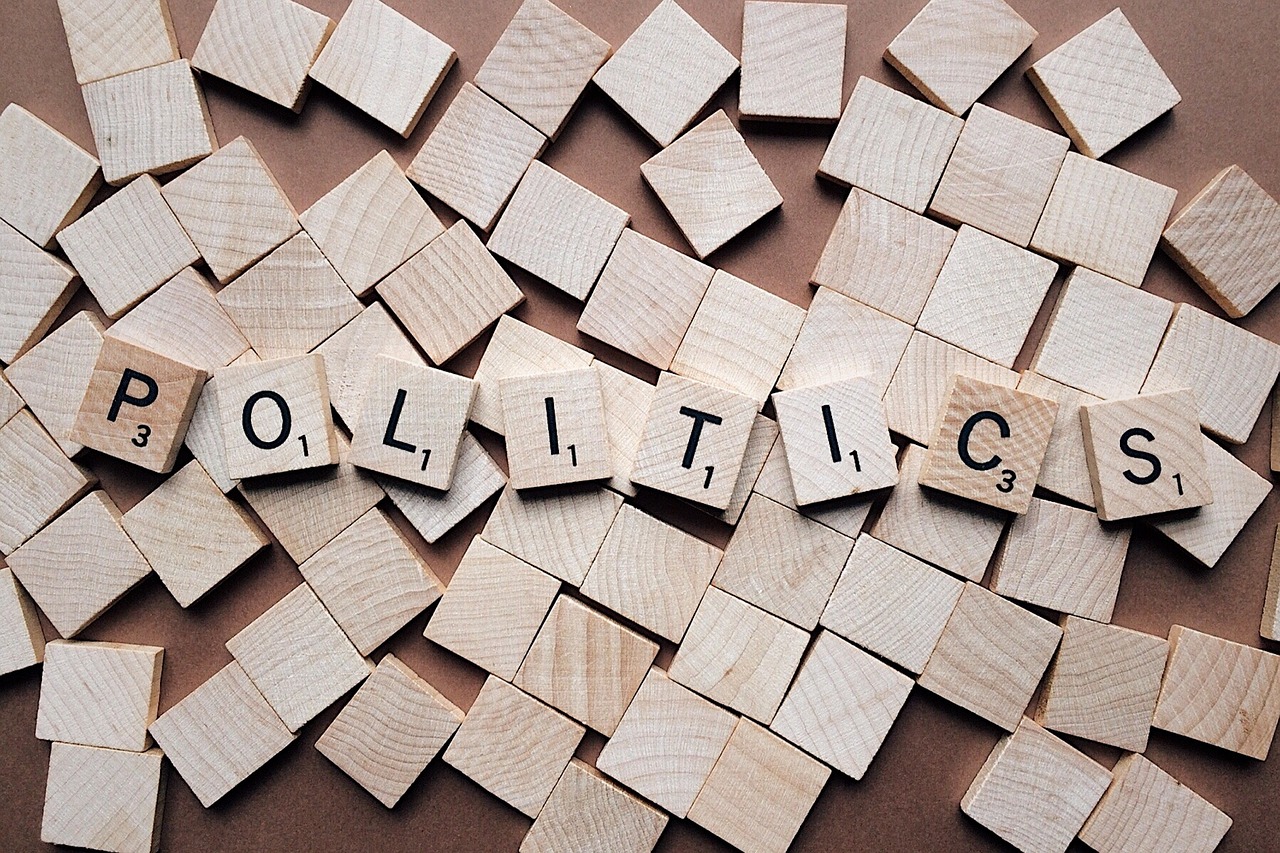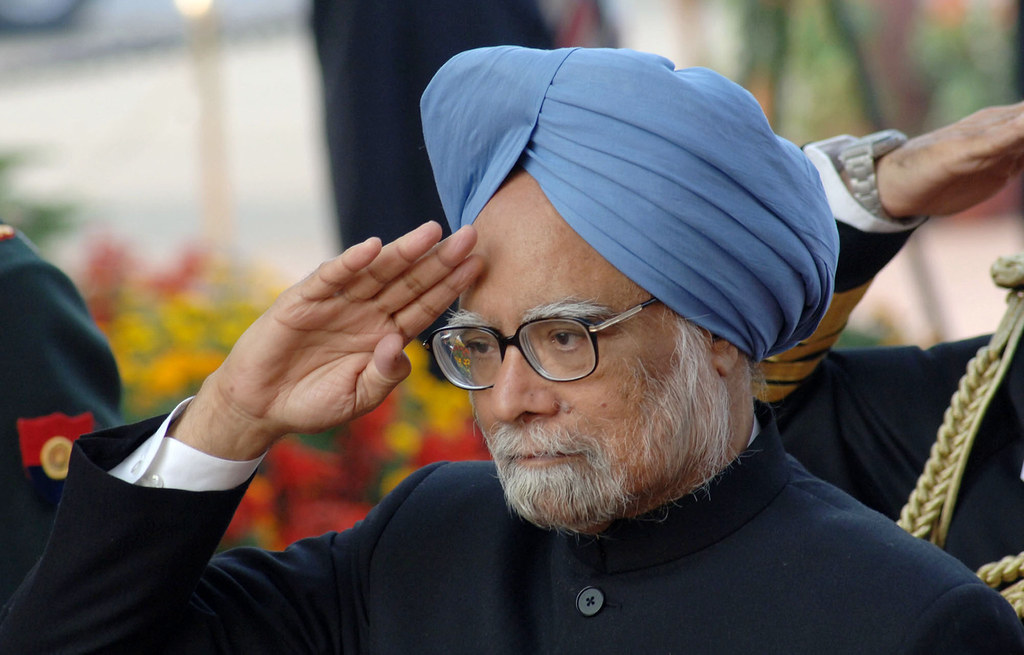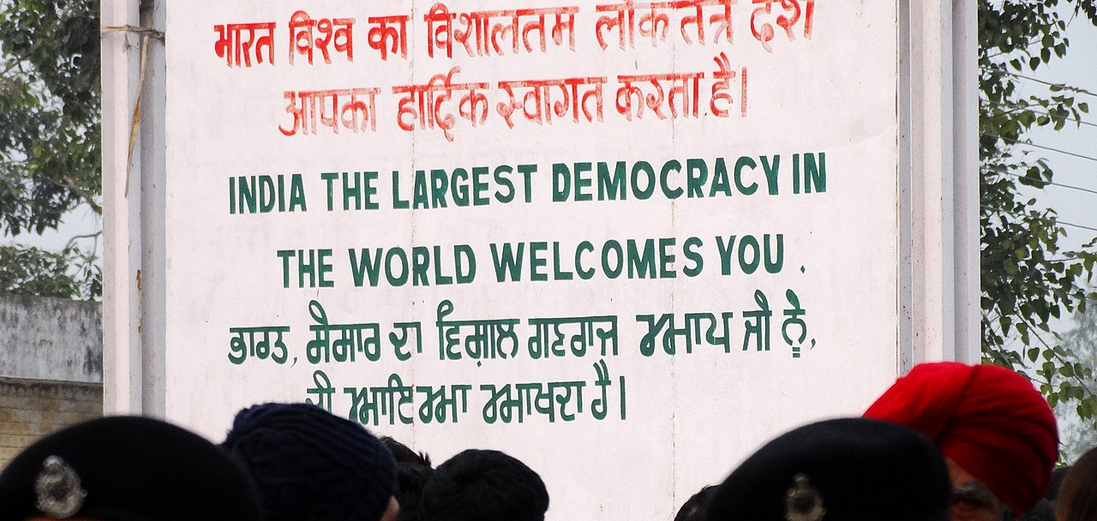
This is the age of the rabble-rouser with social media amplifying the noise of the loudest voices. In Delhi, a marginal politician like Kapil Mishra has mastered the art of staying in the news by making provocative remarks. Mishra, once a minister in the AAP government and now with the BJP, is accused of fuelling the flames that have engulfed a part of the national capital by threatening anti Citizenship Amendment Act street protestors to withdraw their agitation or face the consequences. That he did so while standing next to a senior police officer is even more shocking. It reveals a politician-police collusion that is deeply troubling. Recall that it is the same Kapil Mishra who had during the Delhi election campaign pitched the election as an ‘India versus Pakistan’ battle, a brazenly communal remark designed to spread hate in the hunt for votes. Then, he was barely rapped on the knuckles by the Election Commission, now his mischievous role in the Delhi violence needs to be fully investigated.
Mishra is not alone in being a trouble-maker. Only last week, Waris Pathan, a local leader of the Majlis-e-Ittehad-ul Muslimeen (MIM) in Mumbai, had warned of how ‘our 15 crore’ can outweigh ‘their 100 crores’ in the context of the anti-CAA protests. These incendiary remarks have only added a toxic edge to communal relations on the ground, leading to a volcanic eruption that has left dozens dead and more than 100 injured in the Delhi riots.
Lets be clear: this was a riot waiting to happen after months of hateful, high-pitched rhetoric that has sparked off fear, resentment and anger among communities. When protestors in Shaheen Bagh are described as ‘desh ke gaddar’ (anti-nationals) who ‘deserve to be shot’ by government ministers and their cheerleaders and when every attempt is made by the political leadership to demonise the Indian Muslim, the seeds are sown of a potential flashpoint. When a relentless propaganda machine with the aid of a pliant media caters to the worst prejudices of the majority community, then a deepening religious divide on the ground is almost inevitable. In a sense, the lava of hate has been boiling away, waiting for an explosion. The clash between pro and anti CAA protestors last Sunday was just the trigger needed for a flare up.
That the state did not seem to anticipate the likelihood of trouble is even more perplexing: clearly the government machinery was caught napping, deliberately or otherwise. That it should happen while a high-profile US presidential visit is underway is even more baffling. Surely, the last thing the Narendra Modi government wanted was the pageantry of a ceremonial occasion being shadowed by the grim underbelly of religious violence on the street. Even as Trump and Modi were talking of ‘freedom of religion’ in the cosy comfort of Hyderabad House, the flames of religious hatred were spreading across the localities of north-east Delhi. The contrast between two beaming political strongmen in their VVIP trance and the cries of anguish on the ground could not have been more glaring.
Which is why the role of the state machinery in failing to control the violence needs a deeper investigation. It’s the oldest rule of the administrative rule-book that no riot is allowed to simmer for 48 hours without some level of either administrative incompetence or complicity or both. On day one, the Delhi police was clearly out-numbered and ill-prepared to handle the spurt in street violence. On day two, there is enough video and anecdotal evidence to suggest that the police instead of acting in a strict and non-partisan manner was seen to shamefully side with one group of rioters. This ‘communalisation’ of the police force is not new: in almost every major riot, the police’s role as an enforcer of the rule of law without fear or favour has come under the scanner: from Delhi 1984 to now, there is a consistent pattern of the police failing in its primary duty to protect the victims of targeted violence. In recent times, the police has been totally embedded with the ruling elite: the entire system of transfers and appointments is decided by the whims and fancies of the political class.
Which is why both the police headquarters and administrative leadership in the home ministry need to answer some tough questions. Who failed to ensure that sufficient police forces were on the ground on the first day of the violence? And who allowed the police to get away with their one-sided actions on day two of the rioting? This dangerous mix of incompetence and complicity cannot go unpunished. There are shades here of the ‘Gujarat model’ of 2002 when the VHP-Bajrang Dal cadres were given a virtual free run for at least 48 hours to ‘avenge’ the grisly act of burning kar-sevaks in Godhra. In this instance, the fact that some anti-CAA protests organized by Muslim groups in north-east Delhi took a terribly violent turn with armed criminal gangs hitting the streets was seen as enough reason to allow local Hindu groups to retaliate with impunity. The result is a scarred and divided neighbourhood where both ordinary Hindus and Muslims have suffered a loss of life and property. As one local in the worst affected Chand Bagh area told me, “Neta aag shuru karte hai aur aam aadmi jal jaata hai!” (the politicians start the fire and the common citizen gets burnt!)
The real worry is that north-east Delhi may only be a trailer and that it will not take long for similar violent eruptions to spread elsewhere. For there is little sign that the ruling party at the Centre has learnt its lessons or that it genuinely wants to bridge the growing religious divide. If it did, it would sack the likes of Kapil Mishra instead of indulging their venomous rhetoric. If it did, it would rein the other political demagogues who have openly endorsed majoritarian politics. It if did, it would start a dialogue and engage with the Shaheen Bagh protestors instead of ostracizing them and describing any form of dissent as anti-national sedition. And if it did, it would realize that the politics of reflexive anti-Muslim hatred may consolidate a Hindutva vote bank but will only end up polarizing society to the point of no return.
Post-script: In my reporting from north-east Delhi, I met Kamal Sharma, whose restaurant was gutted and I met Mohammed Nawaz, whose fruit shop and house was razed to the ground. Both lived on opposite sides of the main road. If we cant heal both their lives, we will have only created another unofficial ‘border’, this time in the heart of the national capital.




































































































































































